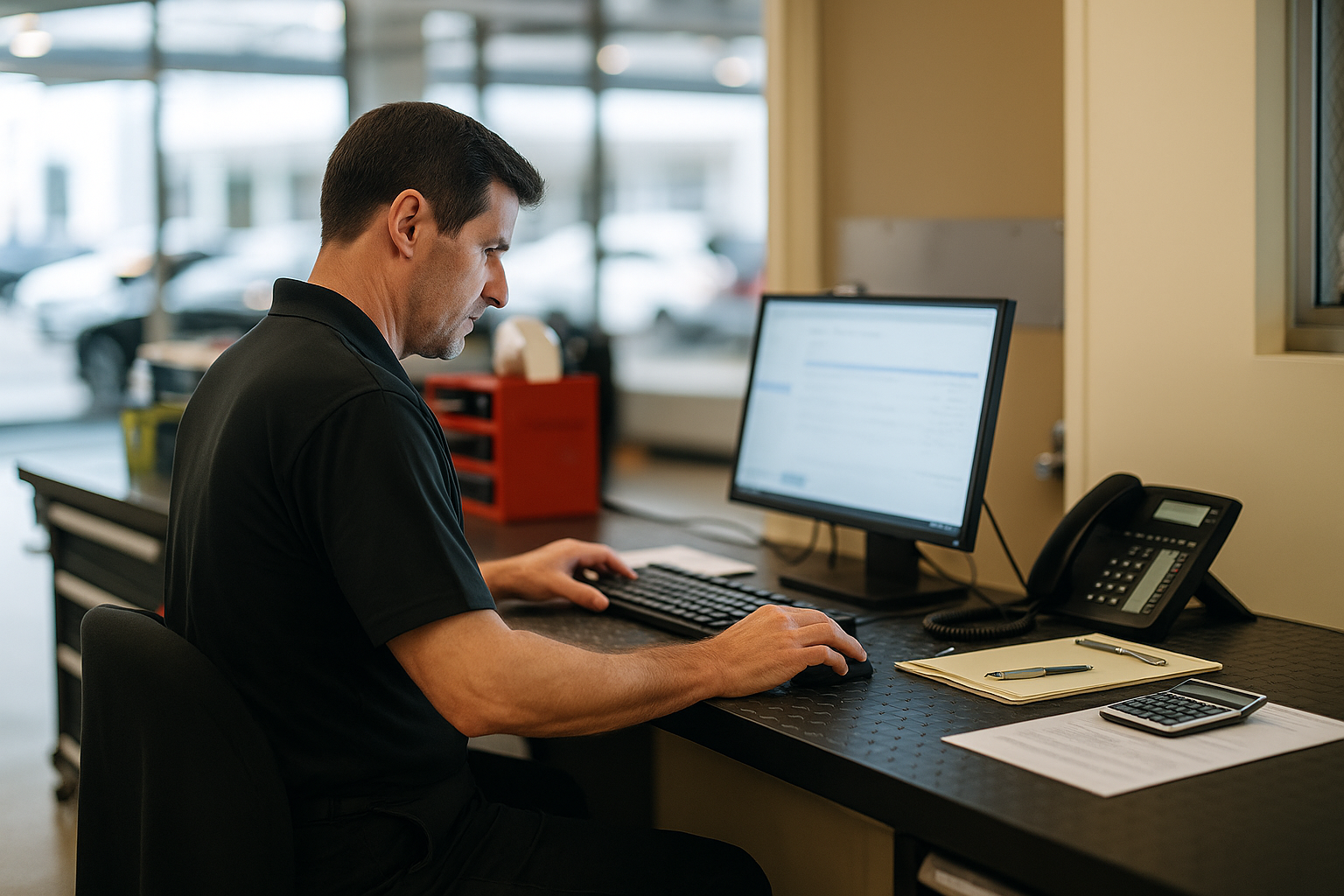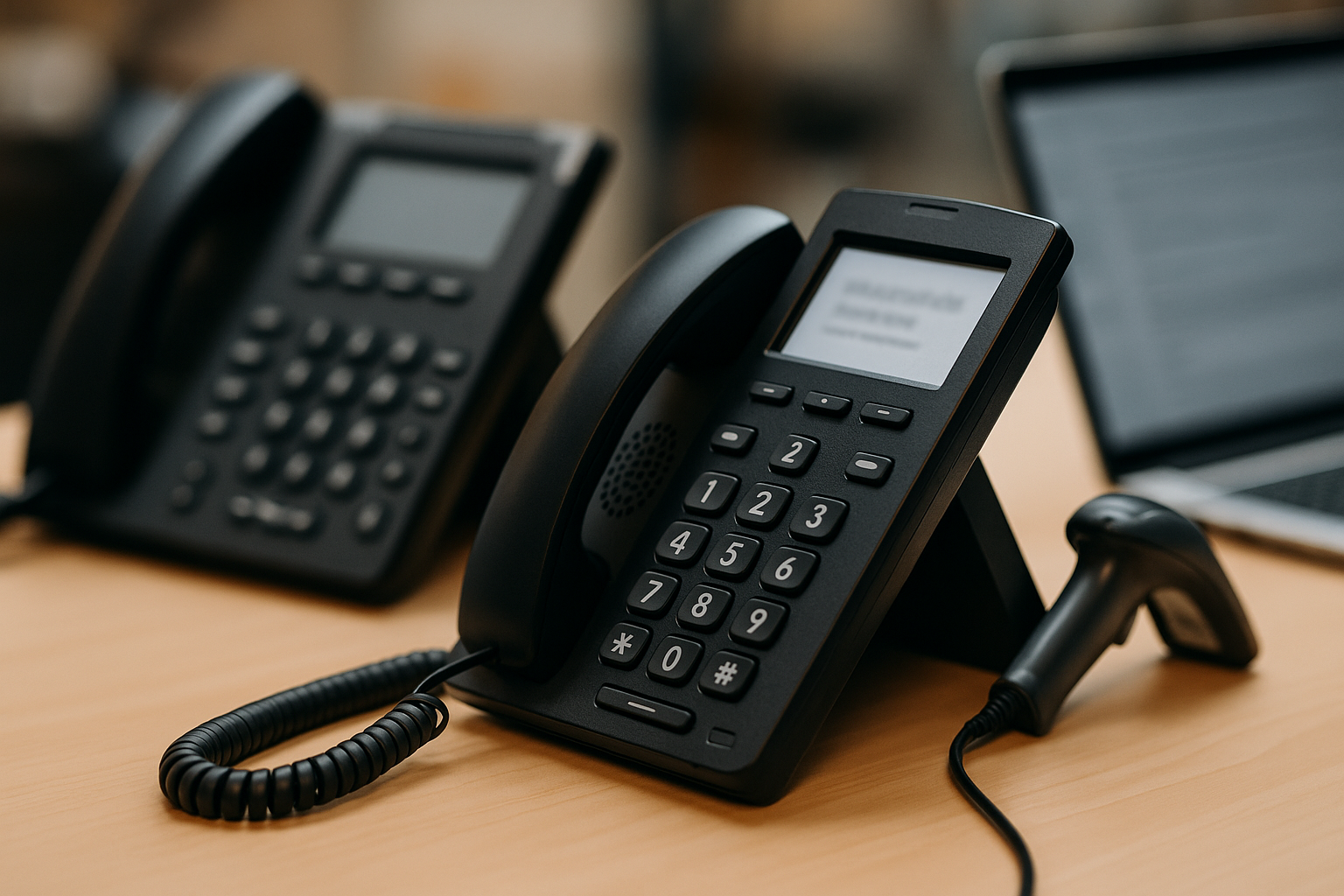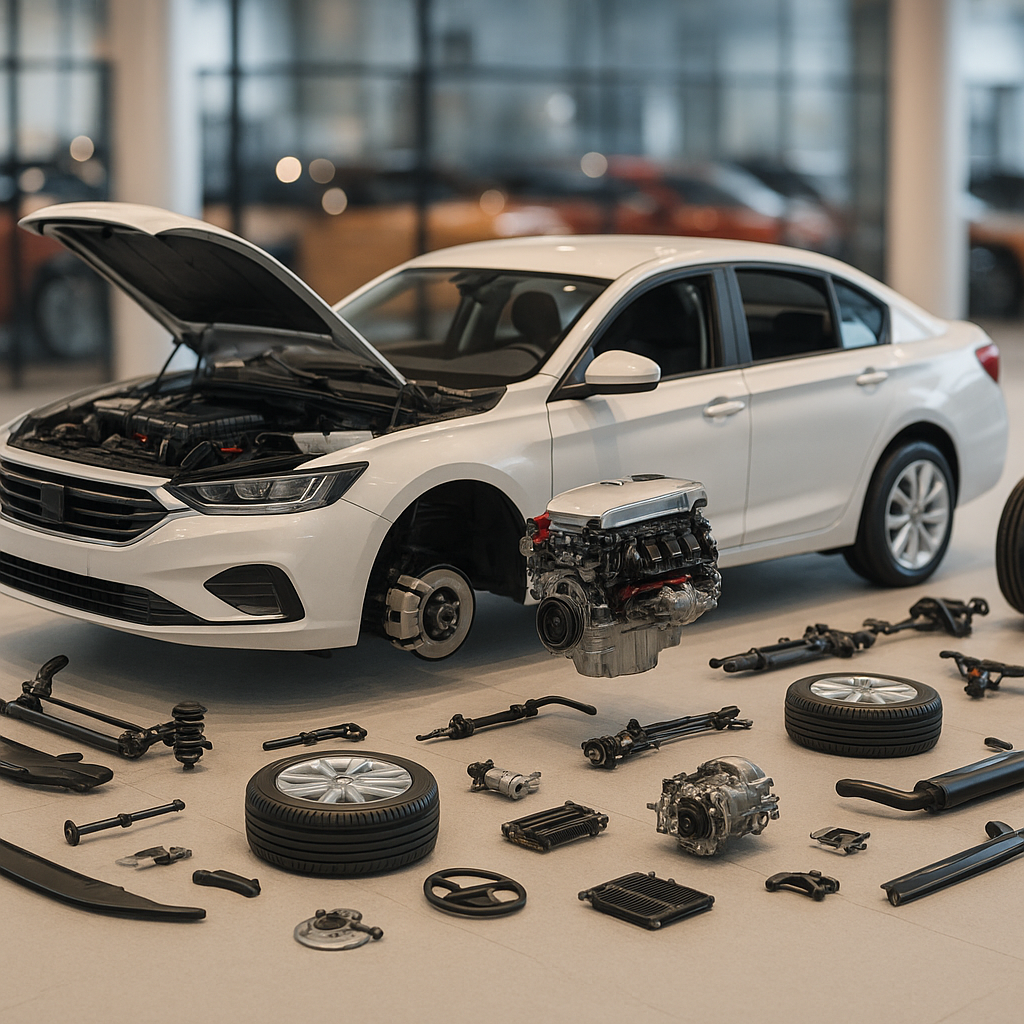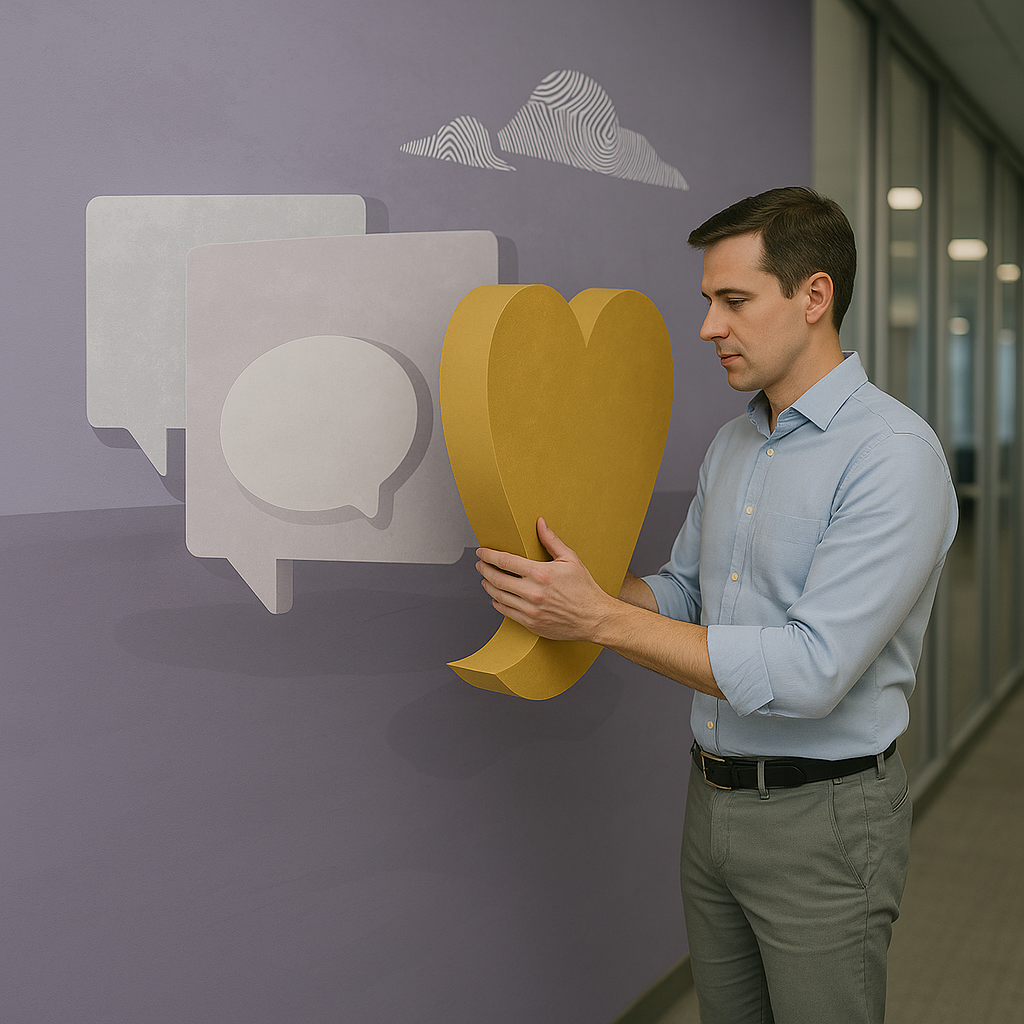V
V
V
.
This one’s for the larger screen, Switch your display for a fantastic reveal.
V
V
V
.
CONTACT
RESUME

Purchase Order
Tekion | Jan 2024

Initial Revamp Signals
1,200 Support Tickets & LUS Frustration
Volume of complaints and low LUS satisfaction pointed to deep usability issues.
Manual Effort for Users
Users had to manually track, submit, and cross-check increasing mental load.
Inconsistent UX Across Parts Modules
PO experience didn’t align with other modules in parts like Sales Order, Parts Receiving, etc.
Operational Inefficiencies at Dealerships
Stock delays, PO errors, and poor visibility disrupted inventory flow and vendor coordination.
A deep dive into modernising one of Tekion’s most-used legacy part purchasing experiences by aligning it with user behaviour, system dependencies, and real-world dealership operations.
DESCRIPTION
The Purchase Order (PO) module was a critical yet outdated workflow inside Tekion’s ARC platform, heavily used by Parts Managers across dealerships. While business needs had evolved, the system lagged behind, leading to manual workarounds, invisible errors, and operational slowdowns. This project focused on rethinking the PO experience from the ground up, informed by service logic, real user behaviour, and dealership constraints.
ROLE
Product Designer (Graduation Project)
DURATION
6 months
Strategic Focus Areas
Before diving into the research, we aligned with key stakeholders to understand what success would look like not just for users, but for the system and the business overall.

For Users
Reduce manual effort, eliminate redundant steps, and simplify complex flows.

For System
Improve overall performance, reduce lag, and stabilize backend processes.

For Dealerships
Save time & money through better inventory flow and smarter vendor relationships.
These focus areas shaped our research direction helping us uncover whether the real issues aligned with these goals, or went deeper.
Understanding the System

Before talking to users, I needed to understand what the system expected from them and why it felt difficult to use. The PO module wasn’t a single clean flow. It was a maze of conditional logic, backend syncs, and outdated UI decisions.
My Roles and Responsibilities
I owned the end-to-end UX process for this project from discovery to delivery while working closely with my mentor and collaborating with the product and engineering teams.
System Deep Dive: Mapped the entire PO journey across 5+ PO types through flow breakdowns and service blueprints.
Research & Analysis: Studied 1,200+ support tickets, LUS reviews, TAP requests, and interviewed dealership staff to uncover real pain points.
Cross-Functional Collaboration: Aligned closely with PMs, system architects, and support teams to ensure solutions were grounded in business and technical realities.
Design & Prototyping: Created low-to high-fidelity wireframes and interactive prototypes to test and validate ideas.
Usability Testing & Feedback: Ran walkthroughs and internal test sessions to validate the new flow. Refined designs based on real-time feedback from internal testers and engineers.
Final Delivery: Delivered dev-ready designs, complete with annotated flows, edge case handling, and role-specific logic.
The biggest problem wasn’t that users didn’t know what to do, it’s that the system never told them. It expected dealership staff to work around it, not with it.
Methods Used
Flow Analysis
Broke down 5+ different PO types (OEM, Vendor, Misc, Sublet, etc.), each with its own branching logic and behavior.
Service Blueprint
Visualised the full PO journey from draft to receiving to invoice across touch points, backend logic, and user roles.
Stakeholder Interviews
Partnered with PMs and engineers to decode invisible business rules, sync delays, and legacy logic constraints.
Heuristic Evaluation
Audited the current interface using Nielsen’s principles revealing inconsistencies, hidden actions, and feedback failures that made the system harder to trust.
Multiple PO creation with the same Vendor or OEM
Each PO type had its own standalone creation flow with no way to combine them. This led to multiple documents per transaction with the same vendor or OEM, making tracking, referencing, and managing orders unnecessarily complex.
Fragmented Data & Sync Gaps
The Parts Receiving module didn’t update the PO in real time leaving Parts Managers with incomplete or outdated order views.
Manual Stock Calculations
Users had to manually calculate stocking parameters (like quantities to reorder) the system offered no automation or assistance.
Missing Bulk Actions
Core actions like deleting multiple lines or updating fields in batch weren’t available increasing effort, especially in large orders.
Key Findings
Understanding the Users


Parts Manager
Mike Harris | 45 years
Goals
Ensure the dealership has the right parts at the right time.
Create and track Purchase Orders efficiently.
Maintain visibility and control over the entire ordering lifecycle.
Tools Used
PO System | Vendor & OEM Portals | Email | Phone
Tech Comfort
🟠 Moderate – Familiar with systems, avoids anything too complex
Pain Points
Tracks multiple POs across different OEMs and vendors.
Doesn’t know what actions are allowed at each PO status.
Receives partial updates from receiving system.
Time-consuming follow-ups with OEMs and vendors.
Behaviour Type
Organized, but overworked
Decision Style
Relies on experience + vendor call confirmations
Communication Style
Phone, sticky notes, hallway updates


Jessica Lee | 31 years
Front Counter Person
Goals
Place urgent orders quickly
Keep customers updated on part arrivals
Avoid submitting incorrect or duplicate orders
Tools Used
PO module | CRM | Phone | Chat
Tech Comfort
🟢 High – Navigates multiple tabs and systems confidently
Pain Points
Doesn’t know if a PO was submitted or stuck in draft
Must recheck availability manually
No feedback from the system after clicking Submit
Behaviour Type
Fast-paced, multitasker
Decision Style
Prioritizes urgency, asks the manager if unsure
Communication Style
Quick chats, system messages, direct phone calls


Brian Thompson | 38 years
Back Counter Person
Goals
Make sure parts are ready for service jobs
Track what's been ordered vs. what’s arrived
Avoid downtime for technicians
Tools Used
PO system | Physical Inventory | Receiving module
Tech Comfort
🔴 Low – Prefers physical tracking, uses system only when needed
Pain Points
Doesn’t know if a part has arrived unless he checks manually
Relies on others to confirm order status
Has to interrupt technicians or managers for info
Behaviour Type
Hands-on, pragmatic
Decision Style
Acts based on immediate visibility or confirmation
Communication Style
In-person, walk-ups, post-it notes
Design Goals

Alignment of data between PO and PR
The actions involved are very specific to each sub-module but the data they require keeps on moving from one sub-module to another, thus alignment is necessary.
Prioritise all the wanted data on PO creation
Every dealership has different requirements and removing the data altogether can cause even more problems, hence customisation can be done on dealership leve
Flexibility of switching between the POs
Unifying the entry points or combining the purchase orders is not something which users require but a flexibility to change between POs.
Make the whole process keyboard friendly
Can have feature but users are not that accustomed to using keyboard so much.
Accessibility
Ensuring that the PO is accessible to all user groups
Introducing bulk actions
There are processes which require lots of bulk actions for the task to be completed quickly like deleting parts.
Success Metrics

Elevated User Sentiments
Measured through qualitative feedback, sentiment shifts, and improved LUS reviews in the system.
Reduction in Support Tickets
Fewer complaints or tickets in flagged PO areas post-revamp. There are multiple complaints and feature requests pointing to the enhancement or development of a specific area in receiving.
Reduction in the number of PO documents per vendor
Consolidation of orders reduces need for multiple documents for same vendor or OEM
Time Saved Per Task
Users complete common tasks faster through reduced redundancy and better flow
Behavioural Validation through Replay
Analyse user behaviour using Open Replay to ensure fewer drop-offs, smoother journeys.
Reflections and Learning
This project made it crystal clear, I’m a designer who thrives in complexity. Working with Tekion’s PO workflows wasn’t just about fixing screens; it was about untangling deep-rooted system logic, aligning multiple stakeholders, and designing for users who genuinely don’t have time to waste. I led with research — not assumptions and used every insight, from service blueprints to LUS reviews, to shape solutions that made sense in the real world. It pushed me to think like a system strategist and act like a UX architect balancing user empathy, backend constraints, and product scalability without compromising on clarity. Through every iteration and every challenge, I found my strength in turning chaos into calm, confusion into flow, and enterprise complexity into intuitive action.
Impact
While the redesigned experience couldn’t be showcased through screens due to confidentiality, the results spoke for themselves loud and clear.
Quantitative Outcomes
~40% reduction
in time taken to create and submit a Purchase Order
Noticeable drop
in PO-related support tickets, especially for creation flow and part visibility issues
Positive Sentiments
in LUS reviews, indicating smoother navigation and higher user satisfaction
Keyboard first usage
reducing handoff friction and boosting speed
What Users Said
“It’s like I finally have visibility into what’s going on without clicking into ten things.”
“Bulk assigning parts saved me at least 10 minutes per PO. That’s huge in my day.”
“Feels like the system’s finally thinking how I think.”
System-Level Wins
Unified logic across OEM and Vendor POs reduced training gaps for new hires
Modular structure ensured future PO types can be added seamlessly
Fewer TAP requests around missing part statuses and tracking
Lower support and escalation volume, freeing up internal teams for more critical issues
Brainstorming and Wireframing

Extensive research highlights significant issues in OEM orders, identified through heuristic evaluation, user research, and analysis of TAP data and support tickets. These issues include usability problems, complex order processes, lack of clarity, and common user frustrations.
The primary focus of ideation and final screens will center around OEM Stock POs.
Obstacle
No Bulk Actions = Slow Workflow
Fragmented Order Visibility
Switching Between PO Types Was Painful
System Logic = Black Box
Hard to Catch Submission Errors
Proposed Solution
Introduced bulk action features for high-volume tasks like deleting or assigning parts.
Surface key fields (like OEM-specific text fields, phased-in parts, etc.) directly on the main screen for quicker decision-making.
Added an input field to switch between the PO types with the same OEM or vendor.
Show 12-month sales data and weighted daily demand directly with each part.
Clearly label all mandatory fields in advance.
Feedback
Bulk actions were greatly appreciated by the users. Marked as one of the most time-saving changes by multiple testers
Users appreciated the clarity and immediate access to critical fields. They didn’t have to double check the fields they just filled.
This really reduces the headache! One error earlier meant voiding the whole PO.
Reduced task friction and boosted user control.
This boosted user trust and allowed parts managers to validate system recommendations independently
Drastically reduced error rate and removed frustration of hidden validation errors
See Next Project
Oracle | Apr 2025
Business Rule

Tekion is a fast-growing startup revolutionising the automotive retail industry with cutting-edge cloud-native technology. Their flagship platform, ARC (Automotive Retail Cloud), unifies dealers, OEMs, and end-customers into a seamless digital ecosystem.
In the complex world of dealership operations, internal collaboration across departments like Sales, Service, and Parts is crucial. Among these, Service and Parts collectively known as Fixed Operations (Fixed Ops), it plays a pivotal role in recurring revenue. These departments offer consistent, high-margin opportunities as dealerships can charge a premium on parts required during service appointments.
Overview
Often, the most profitable arm of a dealership is the Parts Department.
While Tekion’s ARC platform was modern and expansive, parts purchasing, one of the most frequent and business-critical tasks was running on outdated, fragmented workflows. The experience was clunky, spread across multiple screens, and didn’t reflect how dealership employees actually work.

Purchase Order
Tekion | Jan 2024

Initial Revamp Signals
1,200 Support Tickets & LUS Frustration
Volume of complaints and low LUS satisfaction pointed to deep usability issues.
Manual Effort for Users
Users had to manually track, submit, and cross-check increasing mental load.
Inconsistent UX Across Parts Modules
PO experience didn’t align with other modules in parts like Sales Order, Parts Receiving, etc.
Operational Inefficiencies at Dealerships
Stock delays, PO errors, and poor visibility disrupted inventory flow and vendor coordination.
A deep dive into modernising one of Tekion’s most-used legacy part purchasing experiences by aligning it with user behaviour, system dependencies, and real-world dealership operations.
DESCRIPTION
The Purchase Order (PO) module was a critical yet outdated workflow inside Tekion’s ARC platform, heavily used by Parts Managers across dealerships. While business needs had evolved, the system lagged behind, leading to manual workarounds, invisible errors, and operational slowdowns. This project focused on rethinking the PO experience from the ground up, informed by service logic, real user behaviour, and dealership constraints.
ROLE
Product Designer (Graduation Project)
DURATION
6 months
Strategic Focus Areas
Before diving into the research, we aligned with key stakeholders to understand what success would look like not just for users, but for the system and the business overall.

For Users
Reduce manual effort, eliminate redundant steps, and simplify complex flows.

For System
Improve overall performance, reduce lag, and stabilize backend processes.

For Dealerships
Save time & money through better inventory flow and smarter vendor relationships.
These focus areas shaped our research direction helping us uncover whether the real issues aligned with these goals, or went deeper.
Understanding the System

Before talking to users, I needed to understand what the system expected from them and why it felt difficult to use. The PO module wasn’t a single clean flow. It was a maze of conditional logic, backend syncs, and outdated UI decisions.
My Roles and Responsibilities
I owned the end-to-end UX process for this project from discovery to delivery while working closely with my mentor and collaborating with the product and engineering teams.
System Deep Dive: Mapped the entire PO journey across 5+ PO types through flow breakdowns and service blueprints.
Research & Analysis: Studied 1,200+ support tickets, LUS reviews, TAP requests, and interviewed dealership staff to uncover real pain points.
Cross-Functional Collaboration: Aligned closely with PMs, system architects, and support teams to ensure solutions were grounded in business and technical realities.
Design & Prototyping: Created low-to high-fidelity wireframes and interactive prototypes to test and validate ideas.
Usability Testing & Feedback: Ran walkthroughs and internal test sessions to validate the new flow. Refined designs based on real-time feedback from internal testers and engineers.
Final Delivery: Delivered dev-ready designs, complete with annotated flows, edge case handling, and role-specific logic.
The biggest problem wasn’t that users didn’t know what to do, it’s that the system never told them. It expected dealership staff to work around it, not with it.
Methods Used
Flow Analysis
Broke down 5+ different PO types (OEM, Vendor, Misc, Sublet, etc.), each with its own branching logic and behavior.
Service Blueprint
Visualised the full PO journey from draft to receiving to invoice across touch points, backend logic, and user roles.
Stakeholder Interviews
Partnered with PMs and engineers to decode invisible business rules, sync delays, and legacy logic constraints.
Heuristic Evaluation
Audited the current interface using Nielsen’s principles revealing inconsistencies, hidden actions, and feedback failures that made the system harder to trust.
Multiple PO creation with the same Vendor or OEM
Each PO type had its own standalone creation flow with no way to combine them. This led to multiple documents per transaction with the same vendor or OEM, making tracking, referencing, and managing orders unnecessarily complex.
Fragmented Data & Sync Gaps
The Parts Receiving module didn’t update the PO in real time leaving Parts Managers with incomplete or outdated order views.
Manual Stock Calculations
Users had to manually calculate stocking parameters (like quantities to reorder) the system offered no automation or assistance.
Missing Bulk Actions
Core actions like deleting multiple lines or updating fields in batch weren’t available increasing effort, especially in large orders.
Key Findings
Understanding the Users


Parts Manager
Mike Harris | 45 years
Goals
Ensure the dealership has the right parts at the right time.
Create and track Purchase Orders efficiently.
Maintain visibility and control over the entire ordering lifecycle.
Tools Used
PO System | Vendor & OEM Portals | Email | Phone
Tech Comfort
🟠 Moderate – Familiar with systems, avoids anything too complex
Pain Points
Tracks multiple POs across different OEMs and vendors.
Doesn’t know what actions are allowed at each PO status.
Receives partial updates from receiving system.
Time-consuming follow-ups with OEMs and vendors.
Behaviour Type
Organized, but overworked
Decision Style
Relies on experience + vendor call confirmations
Communication Style
Phone, sticky notes, hallway updates


Jessica Lee | 31 years
Front Counter Person
Goals
Place urgent orders quickly
Keep customers updated on part arrivals
Avoid submitting incorrect or duplicate orders
Tools Used
PO module | CRM | Phone | Chat
Tech Comfort
🟢 High – Navigates multiple tabs and systems confidently
Pain Points
Doesn’t know if a PO was submitted or stuck in draft
Must recheck availability manually
No feedback from the system after clicking Submit
Behaviour Type
Fast-paced, multitasker
Decision Style
Prioritizes urgency, asks the manager if unsure
Communication Style
Quick chats, system messages, direct phone calls


Brian Thompson | 38 years
Back Counter Person
Goals
Make sure parts are ready for service jobs
Track what's been ordered vs. what’s arrived
Avoid downtime for technicians
Tools Used
PO system | Physical Inventory | Receiving module
Tech Comfort
🔴 Low – Prefers physical tracking, uses system only when needed
Pain Points
Doesn’t know if a part has arrived unless he checks manually
Relies on others to confirm order status
Has to interrupt technicians or managers for info
Behaviour Type
Hands-on, pragmatic
Decision Style
Acts based on immediate visibility or confirmation
Communication Style
In-person, walk-ups, post-it notes
A day in the life of a Parts Manager
01. Reviewing
Task
Know which part is needed urgently or if it is time to restock inventory.
Action
Checks paper sheets, handwritten notes, or messages
Pain Points
No centralised system for intake; risk of missed requests
02. Grouping
& Sourcing
Task
Find the right OEM or vendor quickly and ensure the part is in stock
Action
Searches OEM portals, email vendors or ask colleagues
Pain Points
Relies on memory experience or manual lookup especially in the case when the part has to be sourced from a vendor; no smart suggestions
04. Create PO
Task
Order the part efficiently
Action
Creates PO by selecting the type of PO and the vendor?OEM
Pain Points
Multiple POs have to be created even though parts might have been ordered with the same vendor or OEM.
05. Stocking
Support
Task
Decides stock quantity to order
Action
Orders based on gut feel or past experience
Pain Points
No stock recommendations or demand visibility
06. Track Status
Task
Know when the part is expected to arrive
Pain Points
Poor system visibility, no real time sync updates with receiving
Action
Constant status checking & verbal follow-ups
Insights to Opportunities
A structured deep-dive revealed layered issues across the entire PO lifecycle. These weren’t one-off frustrations — they pointed to systemic design and logic gaps. These insights were triangulated across 1200+ support tickets, 124 TAP requests, 62 LUS reviews, and multiple stakeholder and user interviews.
Issue Type
PO- level Complexity
Functional Gaps
UI & Interaction Gaps
System Disconnects
Cognitive Load
Insights
Duplicate POs with mismatched pricing
Inability to reuse past POs or view clear order history
Multiple POs created for the same vendor or OEM
No automated stock recommendation system
No logic for grouping parts based on vendor/OEM
Can’t change PO once submitted without workarounds
Actions not available contextually based on PO status
Feedback not visible after submitting PO
Hidden or confusing CTAs for key functions like voiding or reissuing
Delayed or missing sync with receiving module
Status updates not reflected in PO view
Inconsistent data between PO and vendor portals
Users rely on memory to track part availability and vendor behaviour
No real time updates into what’s ordered vs received
Manual tab switching across portals, screens, emails
Opportunity
Enable PO history tracking, pre-fill suggestions, and consolidate vendor/OEM orders
Introduce rule-based automation for stock quantity & smarter grouping logic
Make UI behavior state-aware and add visible, accessible actions with real-time system feedback
Build stronger backend integrations to sync status and unify data across systems
Provide a centralised dashboard with smart highlights & alerts to reduce mental strain
Design Goals

Alignment of data between PO and PR
The actions involved are very specific to each sub-module but the data they require keeps on moving from one sub-module to another, thus alignment is necessary.
Prioritise all the wanted data on PO creation
Every dealership has different requirements and removing the data altogether can cause even more problems, hence customisation can be done on dealership leve
Flexibility of switching between the POs
Unifying the entry points or combining the purchase orders is not something which users require but a flexibility to change between POs.
Make the whole process keyboard friendly
Can have feature but users are not that accustomed to using keyboard so much.
Accessibility
Ensuring that the PO is accessible to all user groups
Introducing bulk actions
There are processes which require lots of bulk actions for the task to be completed quickly like deleting parts.
Success Metrics

Elevated User Sentiments
Measured through qualitative feedback, sentiment shifts, and improved LUS reviews in the system.
Reduction in Support Tickets
Fewer complaints or tickets in flagged PO areas post-revamp. There are multiple complaints and feature requests pointing to the enhancement or development of a specific area in receiving.
Reduction in the number of PO documents per vendor
Consolidation of orders reduces need for multiple documents for same vendor or OEM
Time Saved Per Task
Users complete common tasks faster through reduced redundancy and better flow
Behavioural Validation through Replay
Analyse user behaviour using Open Replay to ensure fewer drop-offs, smoother journeys.
Reflections and Learning
This project made it crystal clear, I’m a designer who thrives in complexity. Working with Tekion’s PO workflows wasn’t just about fixing screens; it was about untangling deep-rooted system logic, aligning multiple stakeholders, and designing for users who genuinely don’t have time to waste. I led with research — not assumptions and used every insight, from service blueprints to LUS reviews, to shape solutions that made sense in the real world. It pushed me to think like a system strategist and act like a UX architect balancing user empathy, backend constraints, and product scalability without compromising on clarity. Through every iteration and every challenge, I found my strength in turning chaos into calm, confusion into flow, and enterprise complexity into intuitive action.
Impact
While the redesigned experience couldn’t be showcased through screens due to confidentiality, the results spoke for themselves loud and clear.
Quantitative Outcomes
~40% reduction
in time taken to create and submit a Purchase Order
Noticeable drop
in PO-related support tickets, especially for creation flow and part visibility issues
Positive Sentiments
in LUS reviews, indicating smoother navigation and higher user satisfaction
Keyboard first usage
reducing handoff friction and boosting speed
What Users Said
“It’s like I finally have visibility into what’s going on without clicking into ten things.”
“Bulk assigning parts saved me at least 10 minutes per PO. That’s huge in my day.”
“Feels like the system’s finally thinking how I think.”
System-Level Wins
Unified logic across OEM and Vendor POs reduced training gaps for new hires
Modular structure ensured future PO types can be added seamlessly
Fewer TAP requests around missing part statuses and tracking
Lower support and escalation volume, freeing up internal teams for more critical issues
Brainstorming and Wireframing

Extensive research highlights significant issues in OEM orders, identified through heuristic evaluation, user research, and analysis of TAP data and support tickets. These issues include usability problems, complex order processes, lack of clarity, and common user frustrations.
The primary focus of ideation and final screens will center around OEM Stock POs.
Obstacle
No Bulk Actions = Slow Workflow
Fragmented Order Visibility
Switching Between PO Types Was Painful
System Logic = Black Box
Hard to Catch Submission Errors
Proposed Solution
Introduced bulk action features for high-volume tasks like deleting or assigning parts.
Surface key fields (like OEM-specific text fields, phased-in parts, etc.) directly on the main screen for quicker decision-making.
Added an input field to switch between the PO types with the same OEM or vendor.
Show 12-month sales data and weighted daily demand directly with each part.
Clearly label all mandatory fields in advance.
Feedback
Bulk actions were greatly appreciated by the users. Marked as one of the most time-saving changes by multiple testers
Users appreciated the clarity and immediate access to critical fields. They didn’t have to double check the fields they just filled.
This really reduces the headache! One error earlier meant voiding the whole PO.
Reduced task friction and boosted user control.
This boosted user trust and allowed parts managers to validate system recommendations independently
Drastically reduced error rate and removed frustration of hidden validation errors
See Next Project
Oracle | Apr 2025
Business Rule

Tekion is a fast-growing startup revolutionising the automotive retail industry with cutting-edge cloud-native technology. Their flagship platform, ARC (Automotive Retail Cloud), unifies dealers, OEMs, and end-customers into a seamless digital ecosystem.
In the complex world of dealership operations, internal collaboration across departments like Sales, Service, and Parts is crucial. Among these, Service and Parts collectively known as Fixed Operations (Fixed Ops), it plays a pivotal role in recurring revenue. These departments offer consistent, high-margin opportunities as dealerships can charge a premium on parts required during service appointments.
Overview
Often, the most profitable arm of a dealership is the Parts Department.
While Tekion’s ARC platform was modern and expansive, parts purchasing, one of the most frequent and business-critical tasks was running on outdated, fragmented workflows. The experience was clunky, spread across multiple screens, and didn’t reflect how dealership employees actually work.
V
V
V
.
CONTACT
RESUME